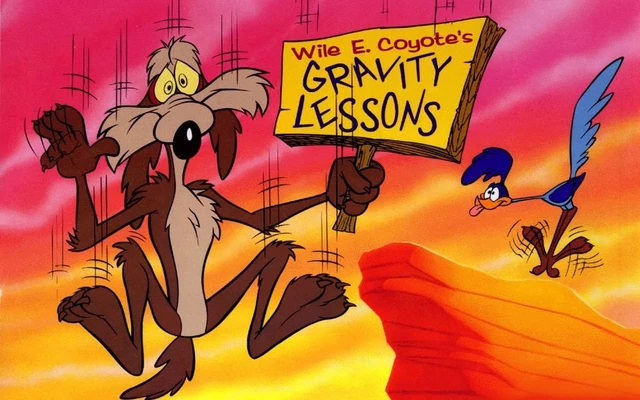In 1992, Chicago Booth’s Eugene F. Fama and Dartmouth’s Kenneth R. French rigorously demonstrated that value stocks, especially small-value stocks, had a statistically significant edge over growth stocks and the market as a whole. This finding cemented the idea that stock risk is multidimensional and that investors will require compensation for bearing risks associated with small stocks, value stocks, and so on. It also sparked a search for priced risk factors.....MORE
Now Fama and French have revisited the subject and find that the value-stock edge has shrunk dramatically since 1991.
Investors have long shown interest in value stocks—as early as 1934, the late economists Benjamin Graham and David L. Dodd, in their classic work Security Analysis, wrote that the job of the securities analyst was “the discovery of discrepancies between the intrinsic value and the market price [of a security].” Scholars and practitioners have long noted that value stocks, which have high book-to-market ratios, outperform growth stocks, which have low book-to-market ratios. A high book-to-market equity ratio means the firm may be distressed and is judged by the market to have relatively poor earnings prospects.
But has the edge that Fama and French demonstrated dulled? The S&P Value Index has underperformed the S&P 500 over the past 10, 15, and 20 years.
Fama and French don’t speculate as to why the value premium has shrunk, but they observe: “If investors do not judge that value stocks are, on some multifactor dimension, riskier than growth stocks, discovery of the value premium should lead to its demise.” This would be consistent with the efficient-market hypothesis and fit into a more general trend of academic research destroying stock-return predictability postpublication, as documented by Georgetown’s R. David McLean and Boston College’s Jeffrey Pontiff.
To assess whether the value premium has shrunk, Fama and French constructed seven portfolios—big value, small value, and market value; big growth, small growth, and market growth; and the market as a whole. Then they compared the value premium—measured as one of the three value portfolios’ returns in excess of the market return—for the July 1963–June 1991 time period from their 1992 paper with the value premium for the July 1991–June 2019 time period. Adding this second 28-year period allowed them to retest the influential findings of their 1992 paper using an equally long time period....
Among our many posts on Fama and/or French, from 2014:
December 2014
What a Long Strange Trip: From CAPM To Fama-French to Four (or more) Factors
Ours goes to eleven.
To February 2020:
Feb. 25
Regarding the Efficient Market Hypothesis....
On days like today you might find Eugene Fama in some Chicago watering hole with his designated driver, Kenneth French. As we noted in another context ["Is semi-variance a more useful measure of downside risk than standard deviation?"]:
I have no explanation for the market's collective Wile E Coyote moments:...If yous see them together at some Chicago dive bar, Fama is the one with the Nobel around his neck, French the one saying "For Chrissakes Gene."

but I am pretty sure that at Friday's close the market was not pricing in "all available information".
This lack of facile, erudite (sounding) verbiage on my part may necessitate the implementation of either a (tardy) "pivot to video" or cooking tips. We'll try the latter first.
From Britain's Royal Society:...
The practitioner:
February 25
"How Will You Play the Oversold Bounce?"
Homie don't play.
Homie pivots to video
If you've stuck with me this far here is the Fama/French Forum hosted at Dimensional Fund Advisors:
The efficient markets hypothesis (EMH), developed by Eugene Fama in the 1960s, simply states that prices reflect all available information. Despite its simplicity, the EMH has been difficult to test and generated decades of debate. In this video, Gene and Richard Thaler, a founding father of behavioral economics, discuss whether markets are efficient. Despite some areas of discord, Thaler sums up an important point of agreement: “Stock markets, good or bad, are the best thing we got going. So, nobody’s devised a way of allocating resources that’s better.”
(View the video)
Volatility Lessons
Eugene F. Fama and Kenneth R. French
Abstract
The high volatility of stock returns is common knowledge, but many
investors may not fully appreciate the implications of return
volatility. Investors
cannot draw strong inferences about expected returns from three, five,
or even ten years of realized returns. Those who act on such noisy
evidence should reconsider their approach.
Volatility Lessons (PDF)Inverted Yield Curves and Expected Stock Returns
Eugene F. Fama and Kenneth R. French
Abstract
We test the hypothesis that inverted yield curves predict
negative equity premiums. Using monthly observations for the U.S. and 11
other developed markets, we examine whether shifting from equities to
Treasury bills following a recent term structure inversion increases
expected returns relative to a passive strategy of simply holding the
value weight market. We find no evidence that inverted yield curves
predict stocks will underperform bills.Inverted Yield Curves and Expected Stock Returns (PDF)
And many, many more previous and in-between (we are fans)